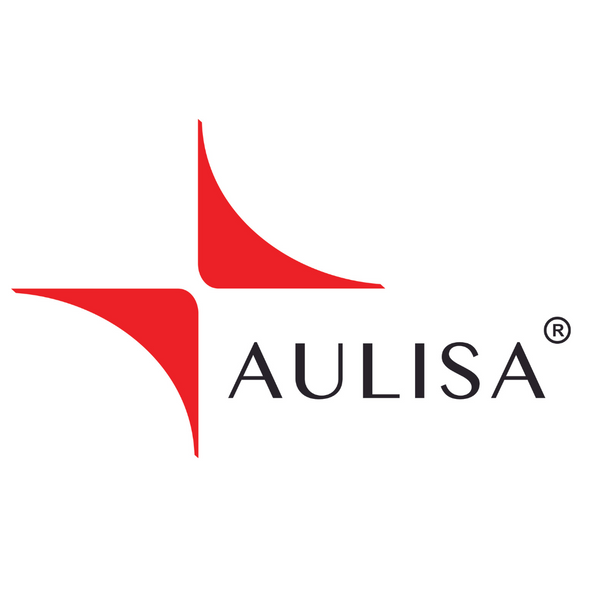Becoming a parent means navigating a world of choices. From the car seat to the crib, every decision feels weighty because it touches the safety of your child. Baby monitoring devices are no exception. Families turn to them for peace of mind, trusting that the numbers on the screen reflect reality. But not all monitors are created equal, and one factor makes all the difference: FDA clearance.
The U.S. Food and Drug Administration (FDA) recently issued a safety communication reminding consumers, caregivers, and healthcare providers that many infant monitors sold over-the-counter that claim to measure vital signs — heart or pulse rate, oxygen saturation, breathing or respiratory rate, body temperature — do so without FDA authorization. These unauthorized devices may be marketed with appealing features, but they’ve not been evaluated for safety or effectiveness in the same way that cleared medical devices are. Because of this, the FDA warns that relying on them can lead to inaccurate readings, missed detection of serious symptoms, or even unnecessary medical interventions.
FDA clearance is more than just a label. It’s a sign that a device has gone through a rigorous process to confirm its safety and effectiveness for its intended use. Unlike gadgets that escape scrutiny, FDA-cleared monitors are tested for their claims. This level of validation matters deeply when you’re tracking something as critical as a baby’s oxygen levels or breathing rate. Inaccurate readings can cause unnecessary panic or, worse, offer false reassurance.
Parents already know the anxiety that comes with watching over a newborn. A slight sound in the night can make you sit upright, wondering if everything is okay. With an FDA-cleared device, that anxiety softens because you can trust what you see. It doesn’t eliminate the challenges of parenting, but it removes the uncertainty of whether your technology is truly working as promised. For healthcare professionals, that clearance matters just as much. It means they can recommend a device with confidence, knowing it has met the highest standards before being placed in a family’s home.
Picture two scenarios. In one, a consumer gadget flashes an alert about your baby’s vitals. You aren’t sure if it’s accurate, debating whether to call your pediatrician or head to the hospital. In the other, you’re using an FDA-cleared monitor. You know that every alert is backed by testing, every measurement validated. That trust shapes your response, helping you act with clarity rather than fear.
At Aulisa Medical, this level of trust is at the core of everything we do. Our continuous vital sign monitoring systems are FDA cleared because we believe families deserve more than estimates and guesses. Every reading, every alert, every decision made from our devices is supported by standards that protect both babies and parents.
Technology will keep evolving. New features will arrive, smarter tools will appear, and AI will play a larger role in caregiving. Yet one constant remains: the need for accuracy and safety. FDA clearance is not just a benchmark, it is the foundation of reliability. In a marketplace crowded with options, it’s what sets devices apart. And when your baby’s health is involved, that difference matters more than anything else.
For more information, browse our infant product line or call us directly at (833) 828-5472: https://www.aulisa.com/products/guardian-angel-ga1001-plus.

